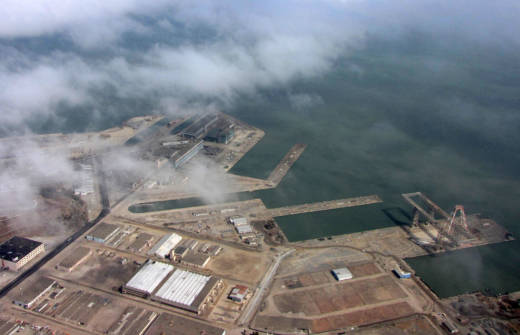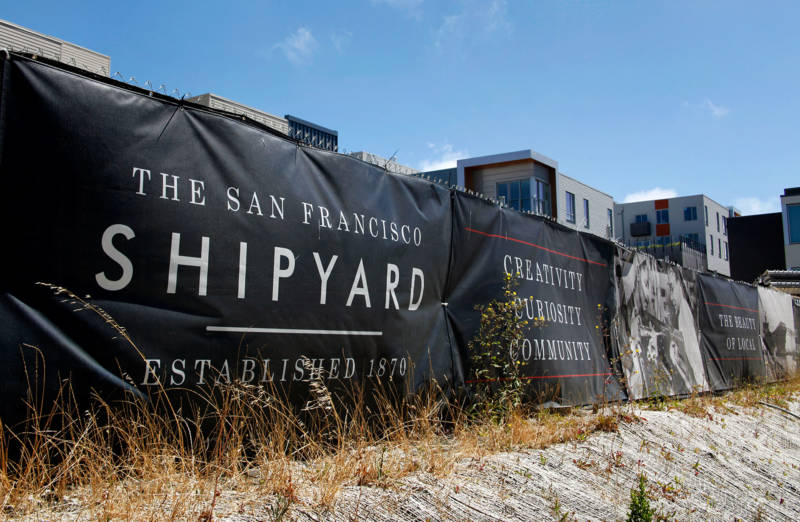San Francisco Supervisor Malia Cohen is calling for a hearing into problems plaguing the cleanup of radioactive material from the Hunters Point Shipyard, after a federal report found contractors falsified soil sample data from the site to a much greater degree than previously known.
The shipyard, a former nuclear weapons research facility in the southeast section of the city, was designated in 1989 as a Superfund site. Now it is slated to become the future location of one of San Francisco's largest redevelopment projects in decades, providing 12,000 new housing units, as well as office and commercial space.
An Environmental Protection Agency report, recently revealed by a scientific advocacy organization, found that the Navy understated the scope of the decades-old cleanup of the contaminated site.
"I share the community's outrage. This is disgusting and completely unacceptable that the cleanup has taken this long," said Cohen, whose district includes the old shipyard, in an interview on KQED's Forum. "As far as I'm concerned, there will be no transfer of land until things are cleaned up to the highest standard possible."
The Navy hired Tetra Tech to clean up the shipyard's radioactive material. Workers at the company came forward several years ago to allege that the cleanup was faked.


